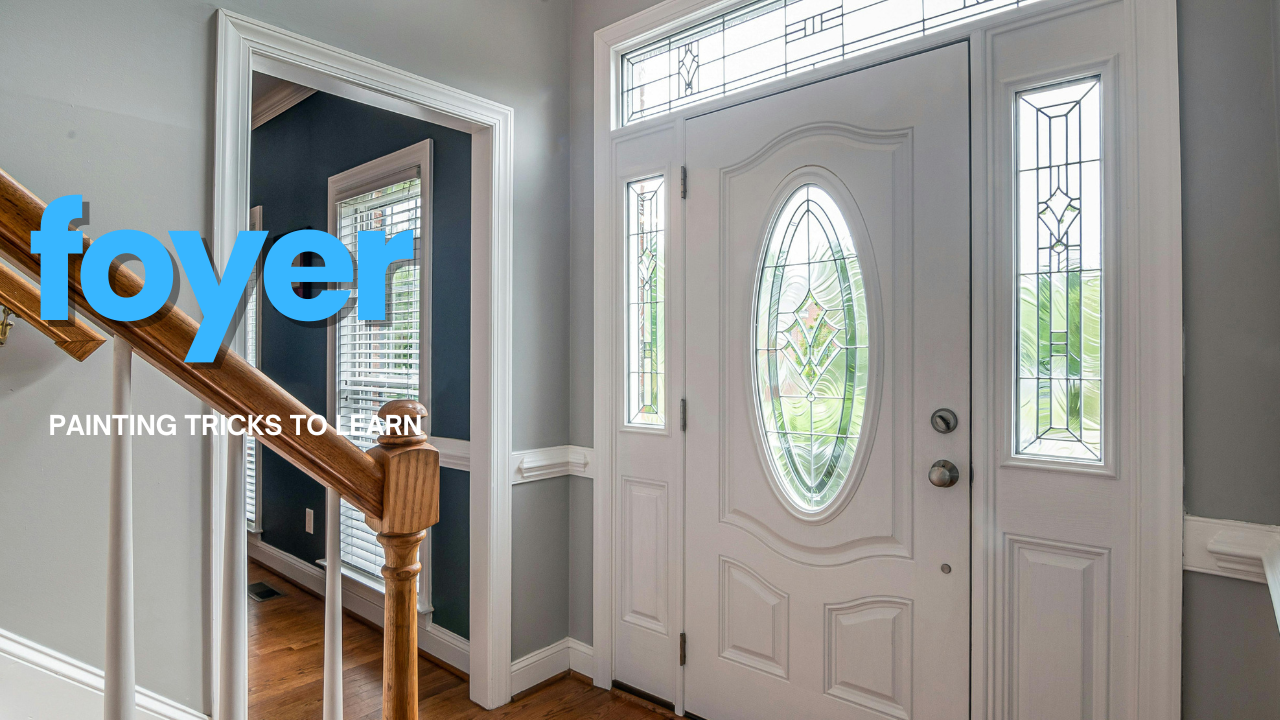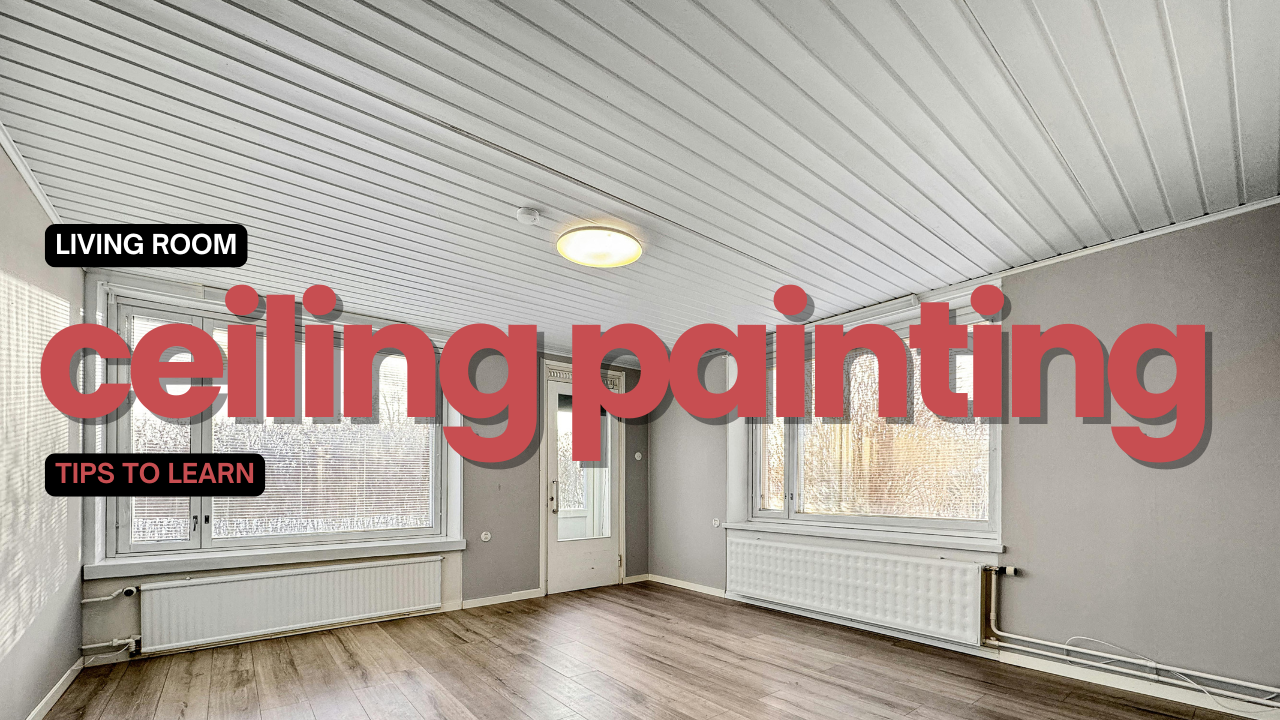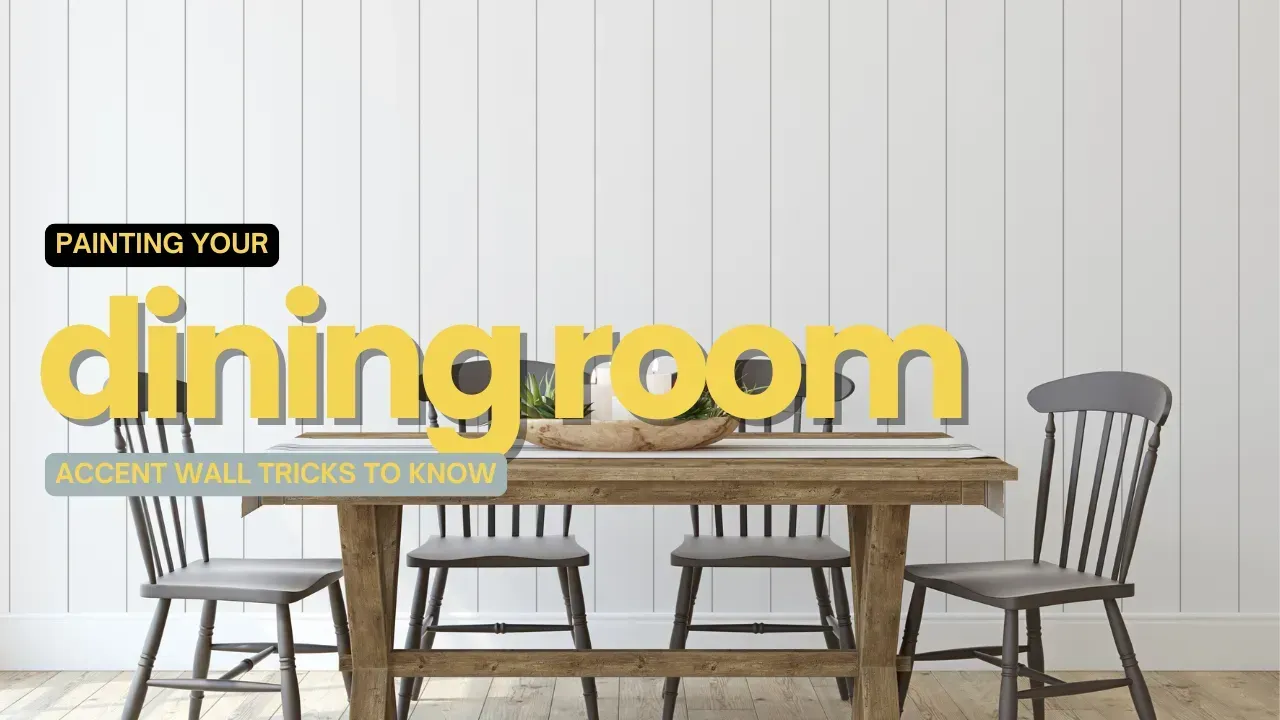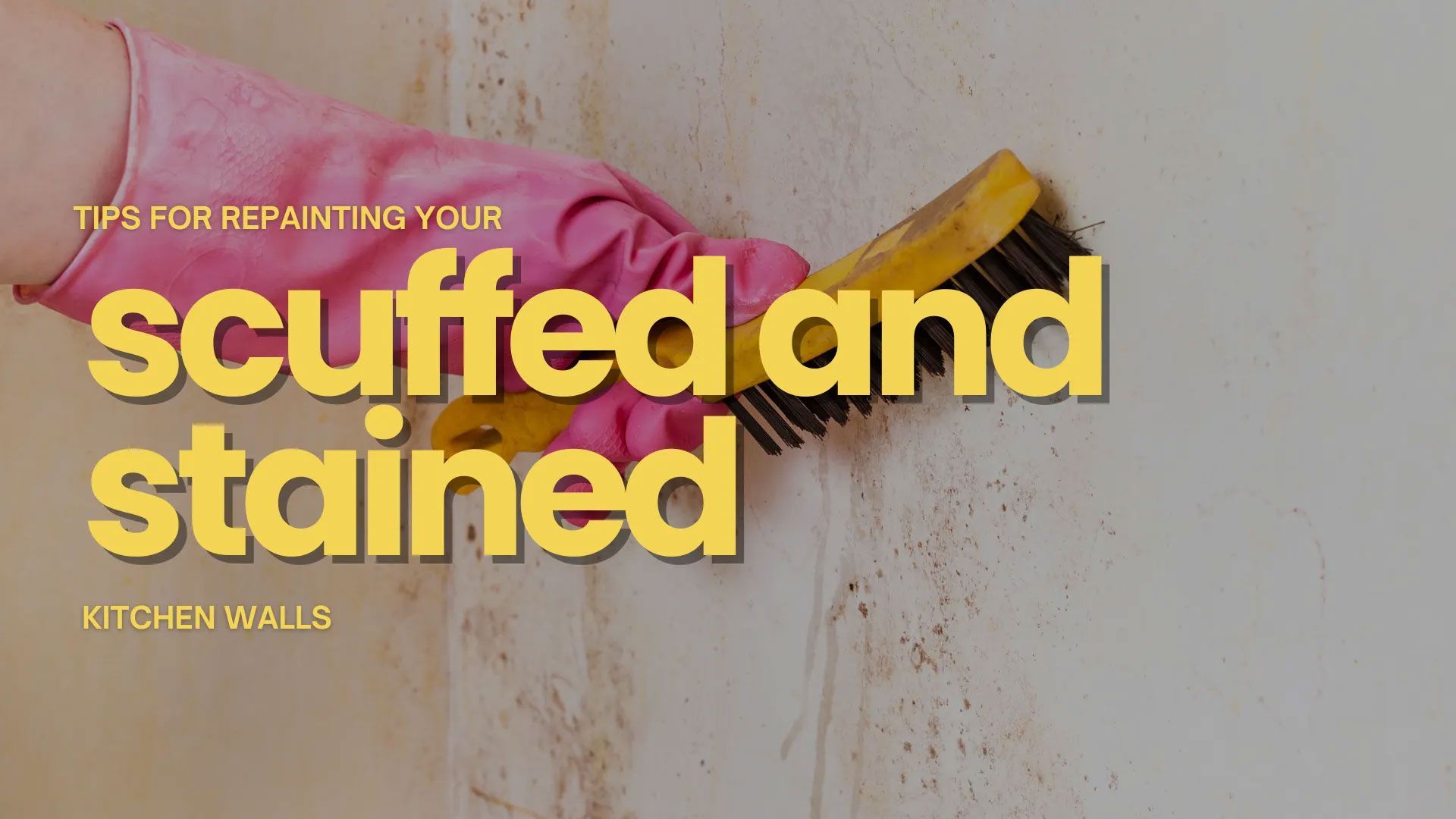Can You Stain Over a Painted Wood Surface?
Wood is a relatively durable and hardy building material that you will find all over the place in many homes –from the siding and exterior deck to the kitchen cabinets and furniture. However, to increase its durability and aesthetic appeal, wood can be painted or stained. Many times, painting contractors paint over stained surfaces, but can you stain over a painted wood surface? The short answer is ‘yes.’ But, this option is relatively difficult compared to painting over a stained surface because it involves more processes. To better understand what you’re getting yourself into, here is a closer look at what the two choices offer.
Paint vs. Stain
The two options generally offer varying benefits and results. Paint tends to offer a superior level of surface protection because it forms a coating on the surface. It also covers surface flaws in case of older wood surfaces. However, paint requires more time and processes to apply. Stain, on the other hand, generally penetrates into the wood grain and may or may not alter the surface color of the wood. If you want to exemplify the natural beauty of the wood, this could be your best option. However, it’s important to note that transparent and semi-transparent stains offer relatively inferior surface protection compared to paint or solid stains. Here is a quick summary of the pros and cons of the two:
Paint:
Positives:
- Hides surface flaws
- Unlimited color choices
- Consistent, even finish
Negatives:
- Longer drying time
- Requires more regular maintenance
- More processes required to change to staining
Stain:
Positives:
- Enhances natural wood grain
- Faster drying time
- Variety of options for opacity
Negatives:
- Not good at hiding surface flaws
- Slightly lower level of surface protection
Tips for Staining a Painted Surface
Whether you just want to showcase the natural beauty of your wood or are tired of its current look, switching from paint to stain will require some investment in terms of surface preparation. The extent of surface preparation generally depends on the final look you want to achieve. If you’re simply looking to change from paint to pigmented stain on a relatively intact painted surface, then you might only need to thoroughly clean your surface. However, if you want to restore the original look of the wood and showcase its natural beauty, then you should prepare for some extra surface prep work.
Either way, if the existing paint job is showing significant signs of paint failure such as paint peeling, flaking, or cracking, all the loose paint needs to be stripped and sanded off before staining. If you’re applying a clear or semi-transparent stain, then all the traces of paint need to be removed by paint stripping, sanding, and use of appropriate chemicals. Scrape as much paint as you can from the surface, using a combination of scraping, chemical strippers, and sanding to reveal the bare wood. While at it, all mildew, mold, dust, and debris should be cleaned off before staining is done. Final rinsing with plain water is important to wash off any remaining chemical residues and dirt particles resulting from sanding.
Frequently Asked Questions About Painting Over Stained Wood
Whether you just want to showcase the natural beauty of your wood or are tired of its current look, switching from paint to stain will require some investment in terms of surface preparation. The extent of surface preparation generally depends on the final look you want to achieve. If you’re simply looking to change from paint to pigmented stain on a relatively intact painted surface, then you might only need to thoroughly clean your surface. However, if you want to restore the original look of the wood and showcase its natural beauty, then you should prepare for some extra surface prep work.
Either way, if the existing paint job is showing significant signs of paint failure such as paint peeling, flaking, or cracking, all the loose paint needs to be stripped and sanded off before staining. If you’re applying a clear or semi-transparent stain, then all the traces of paint need to be removed by paint stripping, sanding, and use of appropriate chemicals. Scrape as much paint as you can from the surface, using a combination of scraping, chemical strippers, and sanding to reveal the bare wood. While at it, all mildew, mold, dust, and debris should be cleaned off before staining is done. Final rinsing with plain water is important to wash off any remaining chemical residues and dirt particles resulting from sanding.
Can any type of stain be painted over?
While it is possible to paint over various types of stains, certain factors need to be considered. Oil-based stains tend to be more challenging to paint over compared to water-based stains. Additionally, dark or heavily pigmented stains may require additional preparation and coats of paint to achieve satisfactory coverage.
Is it necessary to sand the stained wood before painting?
Yes, sanding the stained wood surface is crucial for promoting adhesion between the paint and the wood. Sanding helps create a rougher texture and removes any glossy or smooth finish, allowing the paint to adhere better. It also helps to even out the surface and eliminate any imperfections.
Should I apply a primer before painting over stained wood?
Applying a primer is highly recommended when painting over stained wood. A primer helps to seal the wood, prevents any bleed-through from the stain, and provides a suitable surface for the paint to adhere to. It also helps to improve the coverage and durability of the final paint coat.
What type of paint is best for painting over stained wood?
For painting over stained wood, it is advisable to use a high-quality latex or oil-based paint. These types of paint provide excellent adhesion, durability, and coverage. Latex paint is water-based, dries faster, and has low odor, while oil-based paint offers a smoother finish and is more resistant to wear and tear.
How many coats of paint are typically required when painting over stained wood?
The number of paint coats required can vary depending on factors such as the color and opacity of the paint, the quality of the stain, and the desired outcome. In most cases, applying two coats of paint is recommended to ensure even coverage and a professional finish.
Can I change the color of the stained wood completely with paint?
Yes, painting over stained wood allows you to completely change the color and appearance of the wood. By choosing a paint color that covers the existing stain, you can achieve a dramatic transformation and create a new look for your wood surfaces.
Should I hire professionals to paint over stained wood?
Hiring professionals to paint over stained wood is recommended, especially if you lack experience or if the project involves extensive surfaces. Professional painters have the expertise, tools, and knowledge to properly prepare the wood, select suitable paint products, and apply them for a flawless and long-lasting finish.
Trust the Professionals at NHV Painters
When it comes to painting over stained wood, trusting professionals like NHV Painters is essential for a seamless and high-quality outcome. Our expertise and experience in the field ensure that the painting process will be carried out with precision and attention to detail. NHV Painters understands the unique challenges associated with painting over stained wood, such as ensuring proper adhesion and achieving a smooth finish. Our skilled professional painters possess the knowledge and skills to assess the condition of the stained wood, determine the appropriate surface preparation techniques, and select the right paint products for the job. By entrusting your project to NHV Painters, you can have peace of mind knowing that our team will deliver exceptional results, transforming your stained wood surfaces into beautifully painted areas that enhance the overall aesthetics of your space. Our commitment to professionalism, customer satisfaction, and the use of high-quality materials make us a trusted choice for painting over stained wood surfaces.
Closing Thoughts
Reversing from paint to stain is both a technical and tedious process, and this might not be your typical DIY project. For a professional finish, trust the experts at NHV Painters. We offer high quality and durable interior and exterior staining and painting, clapboard, and cabinet refinishing, with a specialty in lead remediation. Our services are currently available in New Haven, Branford, Milford, Orange, North Haven, West Haven, East Haven, and the surrounding areas. To give us a try, book a free estimate below or simply give us a call on (203) 606-2346.
The post Can You Stain Over a Painted Wood Surface? appeared first on NHV Painters LLC - New Haven, CT .



















